Porsche 2010 Annual Report Download - page 101
Download and view the complete annual report
Please find page 101 of the 2010 Porsche annual report below. You can navigate through the pages in the report by either clicking on the pages listed below, or by using the keyword search tool below to find specific information within the annual report.-
 1
1 -
 2
2 -
 3
3 -
 4
4 -
 5
5 -
 6
6 -
 7
7 -
 8
8 -
 9
9 -
 10
10 -
 11
11 -
 12
12 -
 13
13 -
 14
14 -
 15
15 -
 16
16 -
 17
17 -
 18
18 -
 19
19 -
 20
20 -
 21
21 -
 22
22 -
 23
23 -
 24
24 -
 25
25 -
 26
26 -
 27
27 -
 28
28 -
 29
29 -
 30
30 -
 31
31 -
 32
32 -
 33
33 -
 34
34 -
 35
35 -
 36
36 -
 37
37 -
 38
38 -
 39
39 -
 40
40 -
 41
41 -
 42
42 -
 43
43 -
 44
44 -
 45
45 -
 46
46 -
 47
47 -
 48
48 -
 49
49 -
 50
50 -
 51
51 -
 52
52 -
 53
53 -
 54
54 -
 55
55 -
 56
56 -
 57
57 -
 58
58 -
 59
59 -
 60
60 -
 61
61 -
 62
62 -
 63
63 -
 64
64 -
 65
65 -
 66
66 -
 67
67 -
 68
68 -
 69
69 -
 70
70 -
 71
71 -
 72
72 -
 73
73 -
 74
74 -
 75
75 -
 76
76 -
 77
77 -
 78
78 -
 79
79 -
 80
80 -
 81
81 -
 82
82 -
 83
83 -
 84
84 -
 85
85 -
 86
86 -
 87
87 -
 88
88 -
 89
89 -
 90
90 -
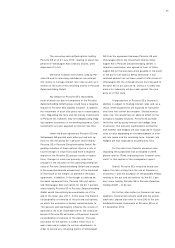 91
91 -
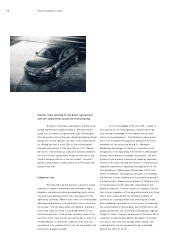 92
92 -
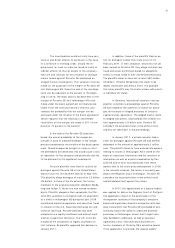 93
93 -
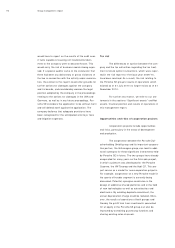 94
94 -
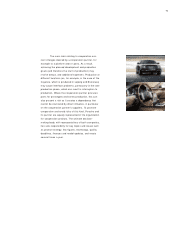 95
95 -
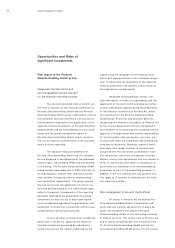 96
96 -
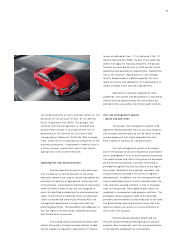 97
97 -
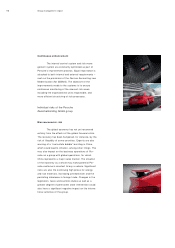 98
98 -
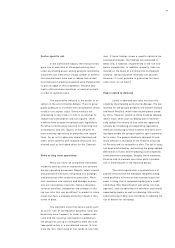 99
99 -
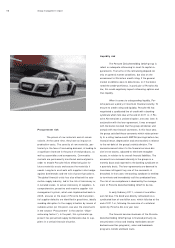 100
100 -
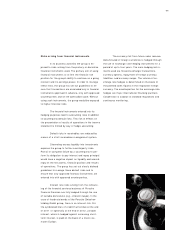 101
101 -
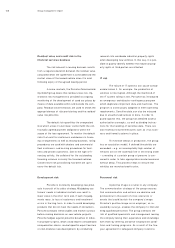 102
102 -
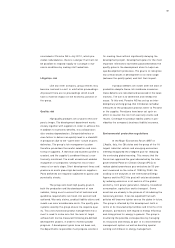 103
103 -
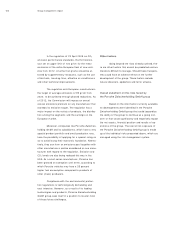 104
104 -
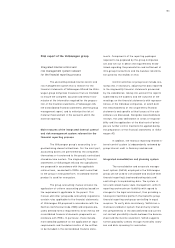 105
105 -
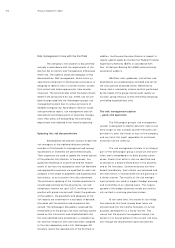 106
106 -
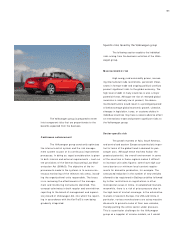 107
107 -
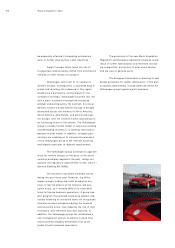 108
108 -
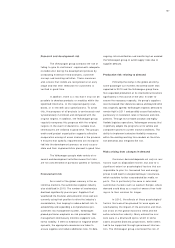 109
109 -
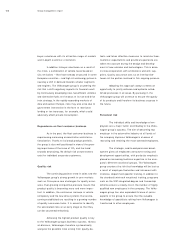 110
110 -
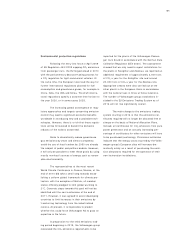 111
111 -
 112
112 -
 113
113 -
 114
114 -
 115
115 -
 116
116 -
 117
117 -
 118
118 -
 119
119 -
 120
120 -
 121
121 -
 122
122 -
 123
123 -
 124
124 -
 125
125 -
 126
126 -
 127
127 -
 128
128 -
 129
129 -
 130
130 -
 131
131 -
 132
132 -
 133
133 -
 134
134 -
 135
135 -
 136
136 -
 137
137 -
 138
138 -
 139
139 -
 140
140 -
 141
141 -
 142
142 -
 143
143 -
 144
144 -
 145
145 -
 146
146 -
 147
147 -
 148
148 -
 149
149 -
 150
150 -
 151
151 -
 152
152 -
 153
153 -
 154
154 -
 155
155 -
 156
156 -
 157
157 -
 158
158 -
 159
159 -
 160
160 -
 161
161 -
 162
162 -
 163
163 -
 164
164 -
 165
165 -
 166
166 -
 167
167 -
 168
168 -
 169
169 -
 170
170 -
 171
171 -
 172
172 -
 173
173 -
 174
174 -
 175
175 -
 176
176 -
 177
177 -
 178
178 -
 179
179 -
 180
180 -
 181
181 -
 182
182 -
 183
183 -
 184
184 -
 185
185 -
 186
186 -
 187
187 -
 188
188 -
 189
189 -
 190
190 -
 191
191 -
 192
192 -
 193
193 -
 194
194 -
 195
195 -
 196
196 -
 197
197 -
 198
198 -
 199
199 -
 200
200 -
 201
201 -
 202
202 -
 203
203 -
 204
204 -
 205
205 -
 206
206 -
 207
207 -
 208
208 -
 209
209 -
 210
210 -
 211
211 -
 212
212 -
 213
213 -
 214
214 -
 215
215 -
 216
216 -
 217
217 -
 218
218 -
 219
219 -
 220
220 -
 221
221 -
 222
222 -
 223
223 -
 224
224 -
 225
225 -
 226
226 -
 227
227 -
 228
228 -
 229
229 -
 230
230 -
 231
231 -
 232
232 -
 233
233 -
 234
234 -
 235
235 -
 236
236 -
 237
237 -
 238
238 -
 239
239
 |
 |

Risks arising from financial instruments
In its business activities the group is ex-
posed to risks arising from the primary or derivative
financial instruments used. The primary aim of using
financial instruments is to limit the financial risk
position for the group’s ability to continue as a going
concern and its earnings power. In order to manage
these risks, the group has set out guidelines to en-
sure that transactions are concluded only in financial
instruments approved in advance, only with approved
counterparties and on the admissible scale. Without
using such instruments, the group would be exposed
to higher financial risks.
The financial instruments entered into for
hedging purposes lead to accounting risks in addition
to counterparty default risks. This risk of effects on
the presentation of results of operations in the income
statement is limited by way of hedge accounting.
Default risks in receivables are reduced by
means of a strict receivables management system.
Channeling excess liquidity into investments
exposes the group to further counterparty risks.
Partial or complete failure by a counterparty to per-
form its obligation to pay interest and repay principal
would have a negative impact on liquidity and accord-
ingly on the net assets, financial position and results
of operations. The group has set out clearly defined
guidelines to manage these default risks and to
ensure that only approved financial instruments are
entered into with approved counterparties.
Interest rate risks arising from the refinanc-
ing of the financial services business of Porsche
Financial Services are fully hedged through the use
of suitable derivatives (e.g., interest swaps). In the
case of fixed-rate bonds of the Porsche Zwischen-
holding GmbH group, there is no interest risk. For
the syndicated lines of credit that fall due at the end
of 2011 or optionally at the end of 2012, variable
interest, which is hedged against increasing short-
term interest, is paid on the basis of a one-to six-
month Euribor.
The currency risk from future sales revenue
denominated in foreign currencies is hedged through
the use of exchange rate hedging instruments for a
period of up to four years. The main hedging instru-
ments used are forward exchange transactions,
currency options, repayment of foreign currency
liabilities, and currency swaps. The volume of ex-
change rate hedges is determined on the basis of
the planned sales figures in the respective foreign
currency. The counterparties for the exchange rate
hedges are major international financing partners.
Cooperation is subject to standard regulations and
continuous monitoring.
99
